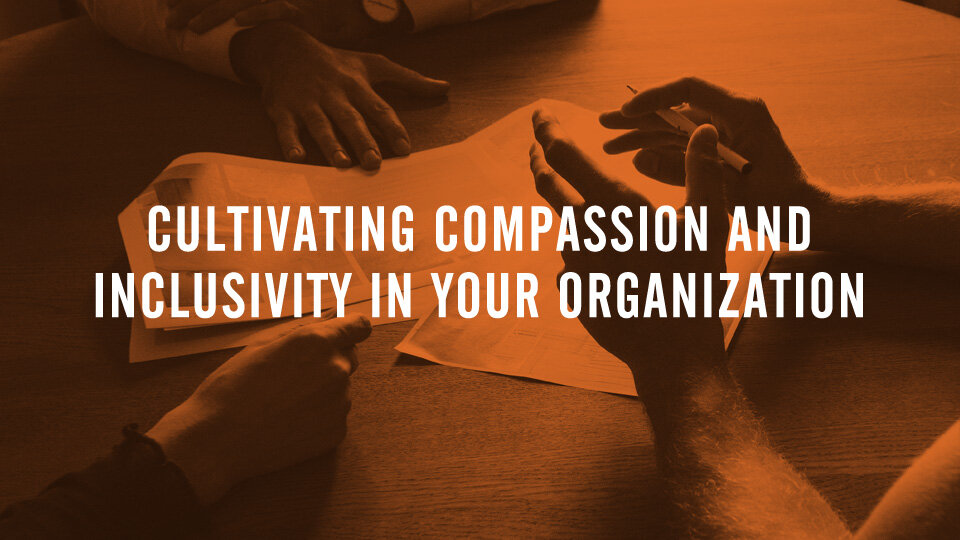Cultivating Compassion and Inclusivity in Your Organization
By Maurilio Amorim
Inclusivity needs to be a genuine part of your organization's story and not a mere marketing tool.
People are looking at your organization more critically and suspiciously than ever before. You must frame your mission within a culture of inclusivity and compassion. Even if you believe that is true of who you have been all along, you should reiterate it, clarify it, and retell that story to a world that is very sensitive, nervous, and fearful of being excluded.
"Inclusion" can be a politicized word, and we are not talking about virtue signaling, tokenism, or becoming someone your organization is not. But it would help if you looked for a way to authentically tell inclusive stories – the stories already happening in your organization.
Here are some tips for better inclusivity in marketing:
- When creating marketing pieces, consider including men and women, young people and older people, and people of different ethnicities and abilities when they genuinely interact with your organization. Often diversity does exist in organizations, but it can be easy to overlook (e.g., a young staff designer is naturally drawn to photos of young, hip people and includes them in all your marketing pieces). And if you don't have authentic diversity in your organization, it might be time to ask why.
- Watch your language. Be wary of words or phrases that might mean something to your staff or industry but do not connect with an external audience (i.e. technical terms, Christianese, etc.). Try to be aware of terms that might have culturally negative connotations for some groups.
- Don't stop being who you are, but avoid using words that have other meanings appended to them, especially if you are trying to reach a broad segment of the population. This is a great time to ask these questions:
- Are we using internal or industry-specific jargon in our communications (website, social media, emails)?
- Are we using terms that can be misunderstood or that don't have precise meanings anymore?
- Have we had pushback on our communication from those new to the organization? New people are a great resource for exposing organizational language that is inwardly focused, confusing, and potentially offensive.
- Try to avoid talking publicly about anything that could be seen as exclusive. It's ok to have convictions, and you should never pretend to be something you aren't but remember, some conversations are "family" conversations.
- Make the donor the hero, but avoid "savior" language or language that exploits those you serve to raise money. It's easy to sensationalize those you help and exploit their suffering via images or videos.
- Be transparent and willing to own your mistakes when something does come across as insensitive or non-inclusive.
It's impossible to please everyone at all times. However, there are basic principles we believe in that will help your organization demonstrate its inclusivity.
And in this day and age, it's no longer an option. It's an expectation.














